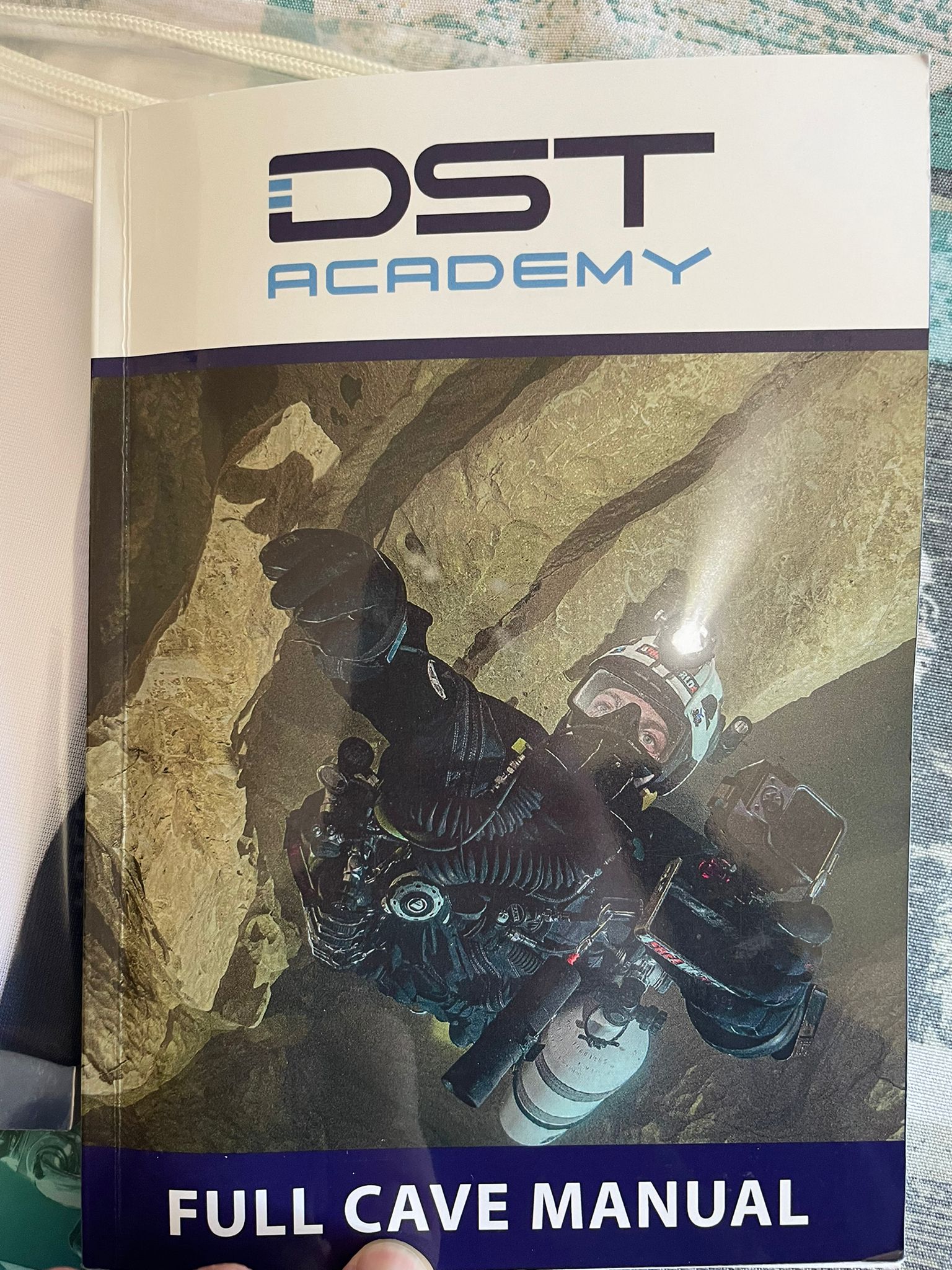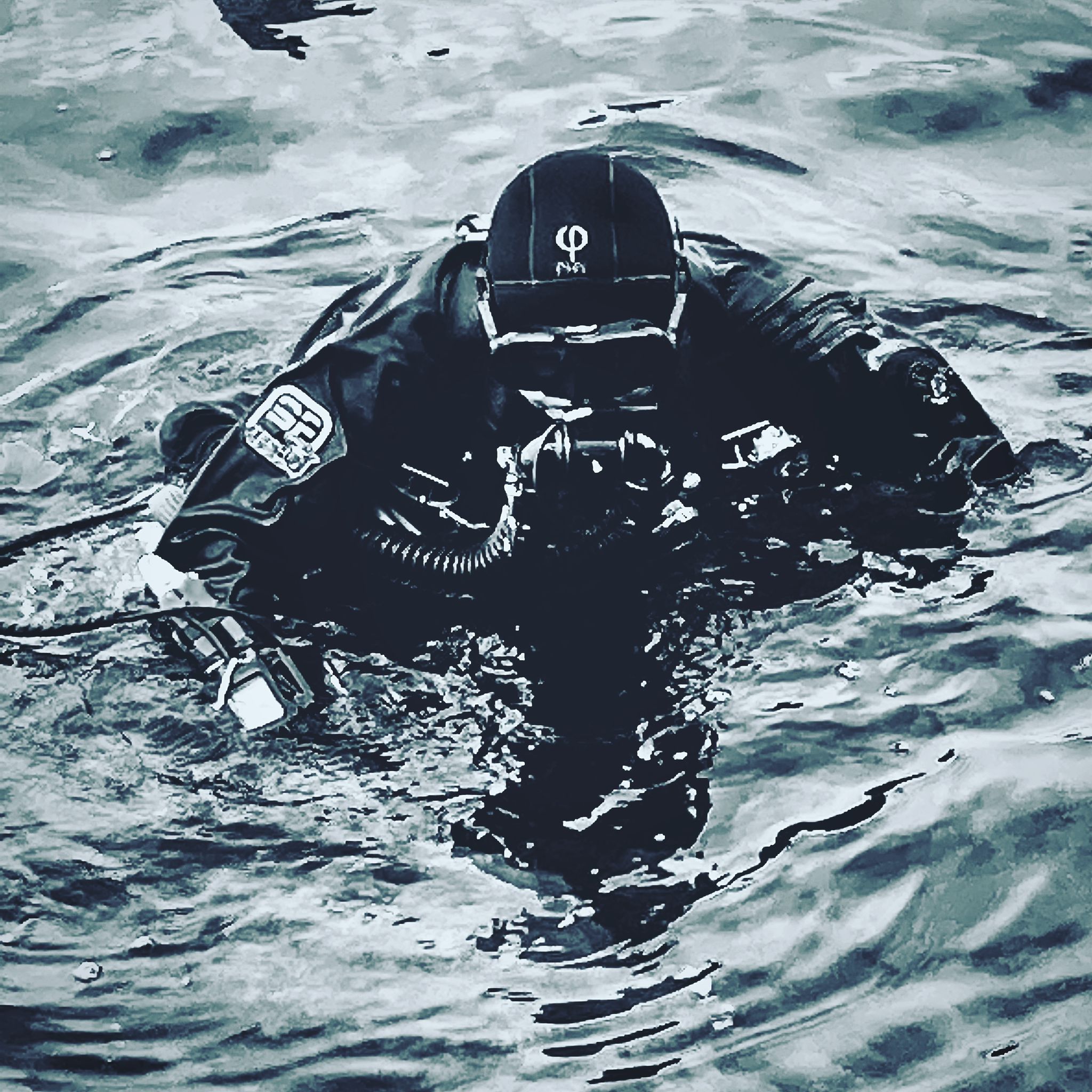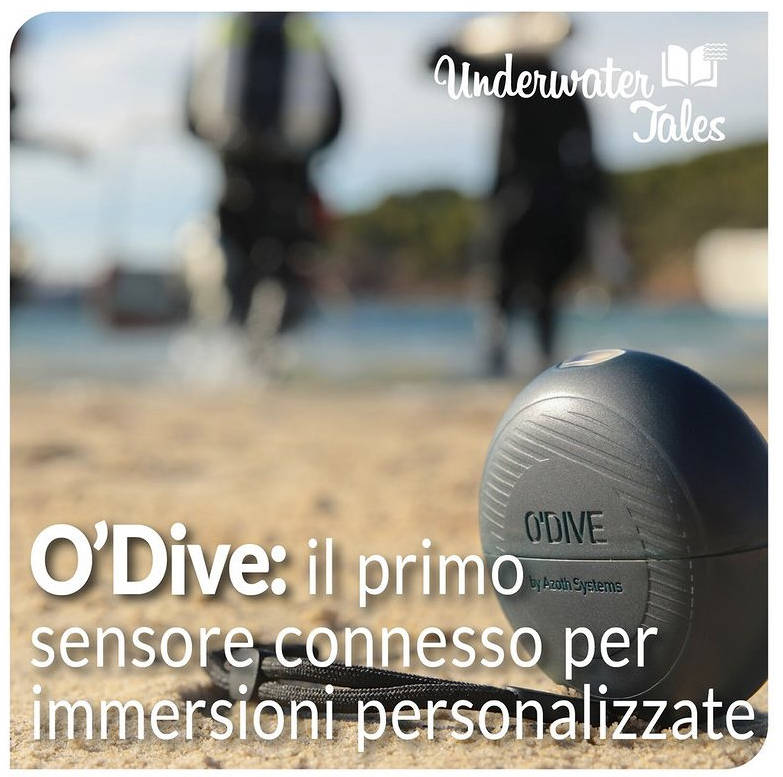The bailout rebreather, a new trend. Thanks to Mario Marconi we retraced past experiences and found out which type of diver it is suitable for. And above all what kind of training is needed.
Estimated reading time 4 minutes
In recent times, those who dive into the closed circuit have certainly read, on the pages of social networks, several posts about Bailout’s Rebreather. To take with you while diving and to be used in case of problems that could make the main machine unusable.
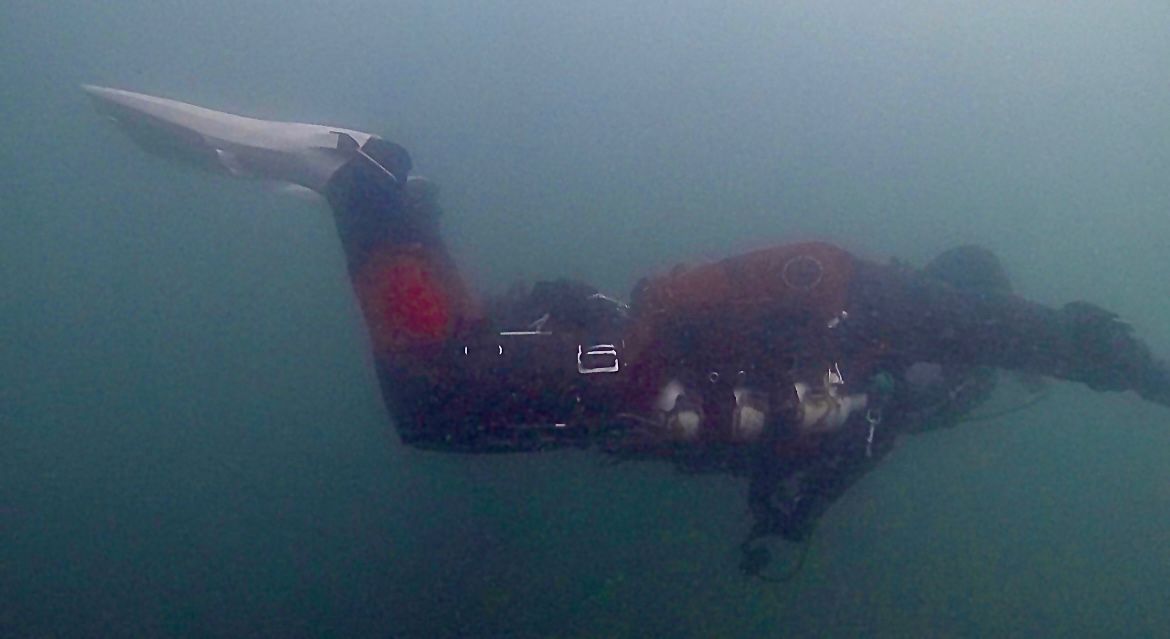
A bit of history
In reality, this is not exactly new because this technique has already been used.
Back in 1987, Bill Stone used a double CisLunar Mk1 for a 24-hour exploration in Wakulla Spring, Florida. And two years later, Olivier Isler even used a triple rebreather to push himself beyond the known limits of time. With the exploration of the Doux de Coly in France.
Mario Marconi will tell us more about these events. It is the speleo sub that in 2004, with a double reb explored, together with Jerome Meynie, the Source du Saint Sauveur. He went as far as the vertical shaft, at a depth of 174 meters.
Why has this road been abandoned?
But if they had achieved similar results, why was this path abandoned at some point?
A first cause can be found in the purchase and maintenance costs of these machines, which were very high. How huge and very demanding was the training necessary for their use.
Furthermore, the weight of this equipment made transportation particularly difficult. While their size did not make them at all suitable for exploring caves with multiple siphons.
To all these inconveniences, according to Mario, we must add the excessive workload that would have occurred under stress. During a real emergency, in managing a manual closed circuit apparatus. Maybe inside a cave, in conditions of poor visibility and with the prospect of a long decompression to deal with.
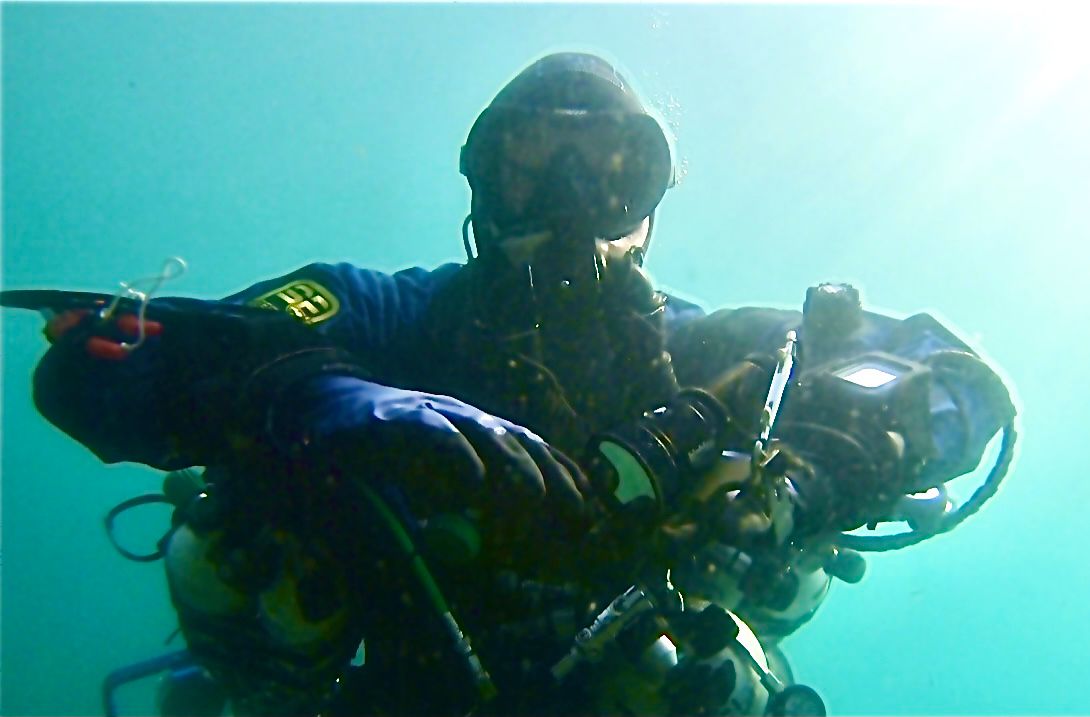
The new bailout rebreathers
So why have some companies started investing money to produce rebreathers suitable for use as bailouts? And why are underwater explorers ready today to spend their money on one?
The answers are many and paradoxically very simple.
Firstly, very reliable and more affordable machines have been introduced to the market.
The electronics, if well built and designed, are now able to reduce the workload of the diver. Facilitating its use even in situations of high stress.
Add to this the fact that some companies have started to produce specific machines for sidemount diving. And therefore also designed to be used as a bailout rebreather.
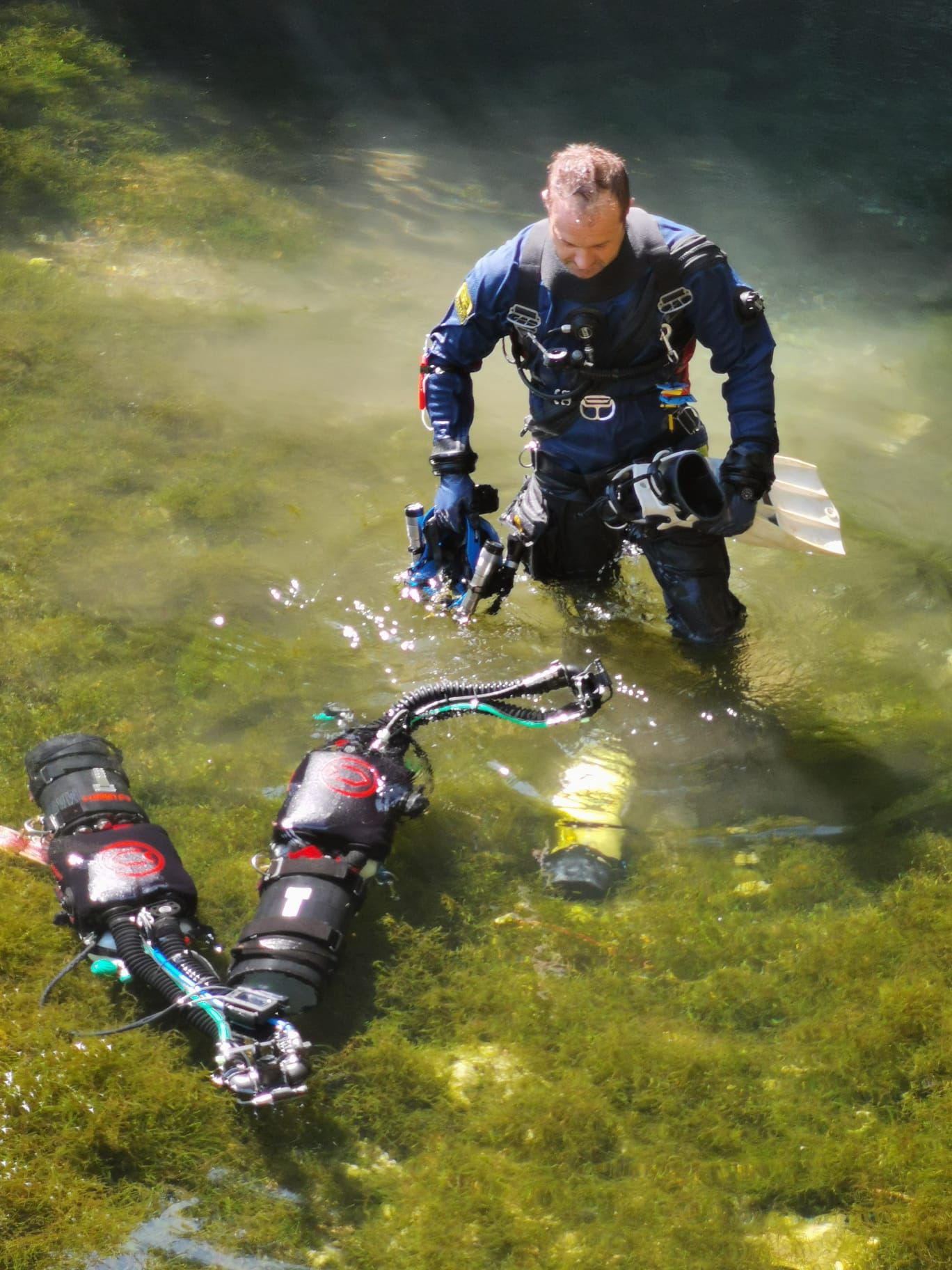
For who?
Obviously, this configuration is only considered for a certain type of so-called extreme diving. Let’s talk about the kind of exploration that requires long distances, especially through caves. Or very challenging depths with non-direct ascents towards the surface.
In these conditions, the top diver of the team would be forced to carry a quantity of bail out cylinders in an open circuit. Which would make him not very hydrodynamic and not at all agile in an inhospitable environment like the one he is exploring. Let’s imagine that the underwater explorer has to sag a very narrow stretch of an unexplored tunnel. Wearing a rebreather and maybe 4 bail out cylinders in tow and a pair of underwater scooters.
Using a bailout rebreather would significantly reduce all those aspects relating to the quantity of cylinders to be transported. And it would also reduce all the time needed to carry out positioning operations of the bail out cylinders.
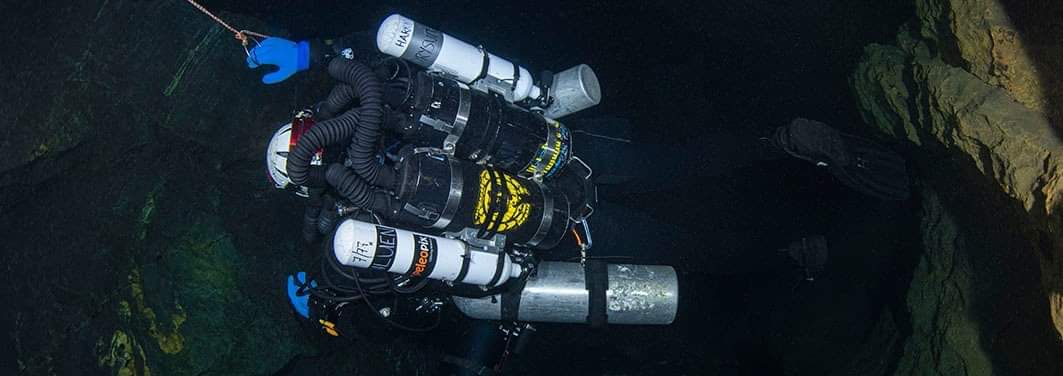
What are the advantages?
But the benefits of this dual rebreather setup don’t stop there.
For example, if the main reb is damaged. Instead of having to complete the dive, and above all the long decompression, in an open circuit, the comfort offered by breathing a hot humid gas would be maintained. Thus avoiding the thermal dispersion that would occur in breathing from an open circuit for three, four hours and more.
It would also have a greater efficiency of the profile of the assembly. Which would continue to be at constant oxygen partial pressure, as planned in the main plan. Compared to a profile with a fluctuating partial pressure, as recorded with varying depth, in breathing with open circuits. Finally, a simplification of the bailout plan is obtained, which in open circuit, they are often complex to predict and prepare.
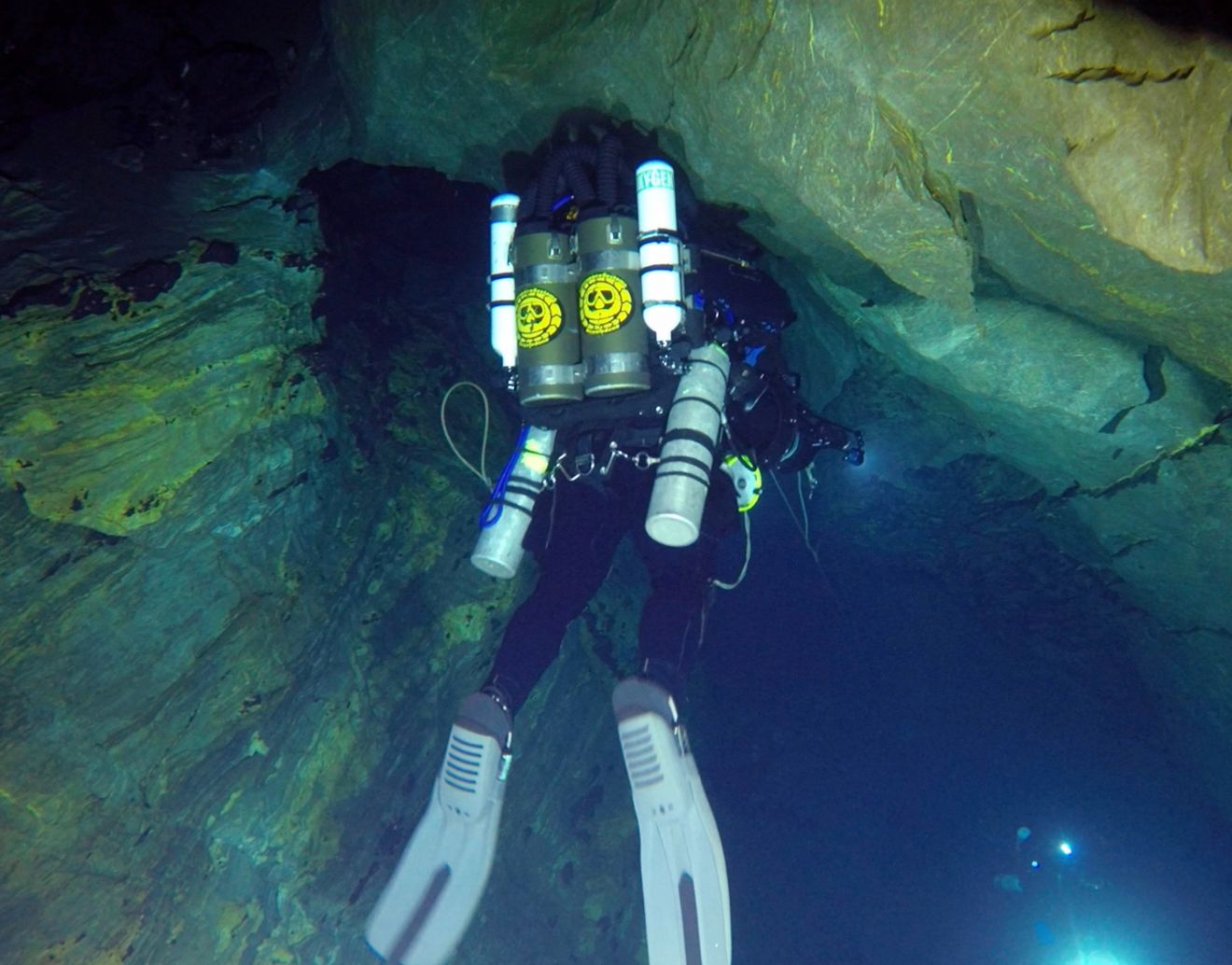
A solution for everyone?
But at this point, can we consider the configuration with the bailout rebreather suitable for all divers who use the closed circuit?
The question is rhetorical and provocative and Mario Marconi is immediately ready to give me the correct answer.
He defines the one who does not need the second reb as the diver who does not dive frequently on very deep wrecks. Or those who do not carry out kilometric progressions in the cave at challenging altitudes.
“If your standard dive has a depth range within eighty to ninety meters deep. Or if your cave dive falls within the speleosubwater tourist zone, the classic, old and tested open circuit bail out is still the simplest system. Safe and easy to use.”
A continuous practice
In fact, beyond the purely economic aspect, the use of a double rebreather requires training and, above all, continuous and obsessive practice.
We think, for example, of the acquisition of proper preparation for the normal dressing procedure, the preparation of multiple checklists or the management of an additional volume of rising gas. And, further complicating, let’s think about how challenging it can be to learn the correct switching procedure, the development of specific emergency procedures and, above all, unequivocally identify which of the two machines is being worked on.
And these are only part of the aspects to consider. Because the study and the correct execution of management exercises require a long preparation.
In short, it seems obvious, but perhaps it is worth reiterating it. Those who use a double rebreather must have a consolidated experience of hundreds of hours of diving with closed circuit systems.
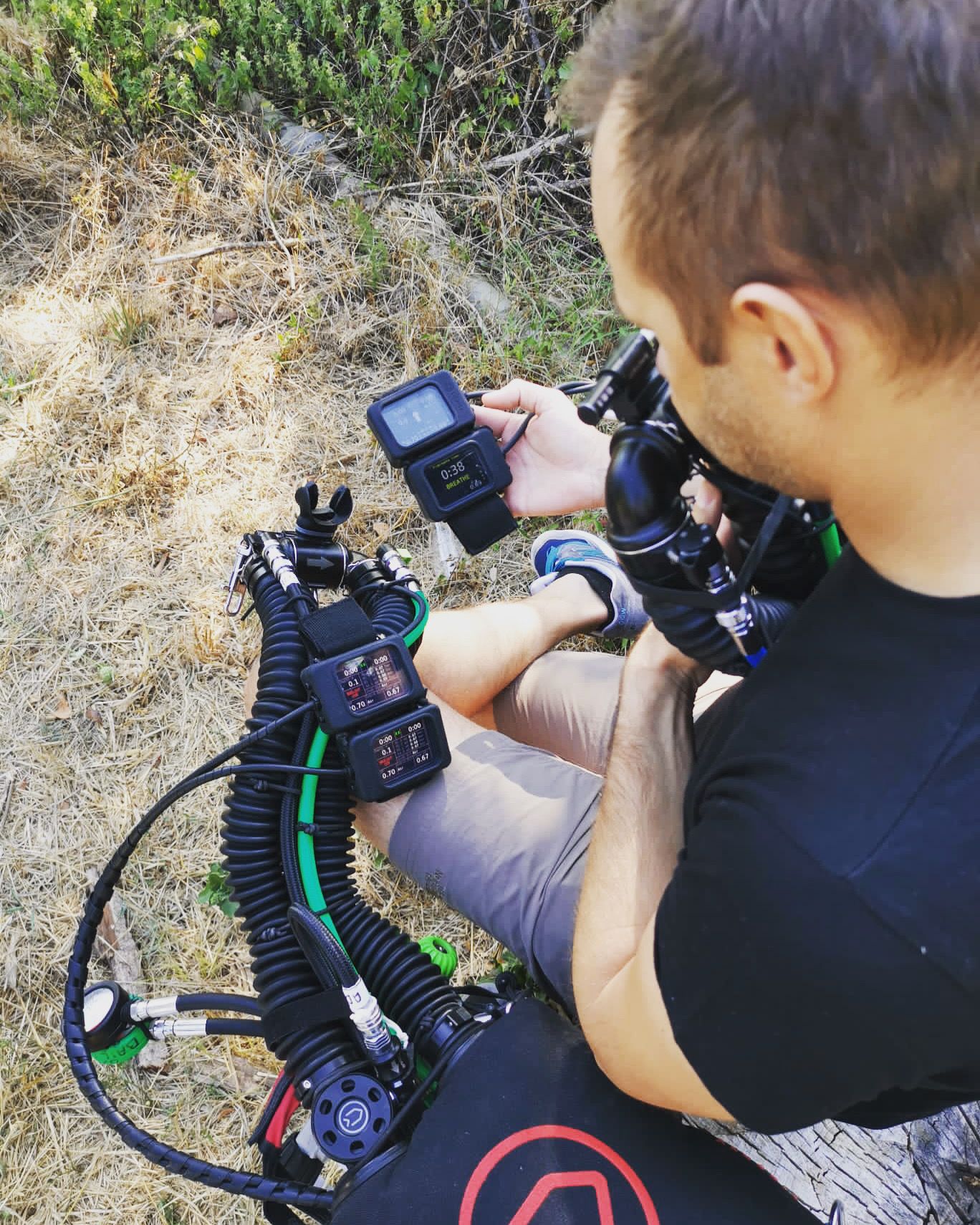
Constant exercise
And here the constant and continuous maintenance of the procedures that are learned comes into play. It is never possible, and above all it is not safe, to consider techniques and exercises preparatory to the achievement of any certification or qualification as achieved results. Nor as any knowledge to be used if necessary.
A recreational diver should continue to practice with mask removal. The tech diver must constantly practice, at challenging depths, with the opening and closing of the taps. A diver who uses a reb will constantly try to ascend in an open circuit. Likewise, double rebreather users must regularly use both machines during a dive. Because, having the habit of carrying a second machine that is not used continuously, is unaccustomed. Or, even worse, it does not allow you to acquire the necessary management skills of two RACs in critical situations.
In fact, bringing a second car with you, to be used only in an emergency, could put us in fatal situations.
For example, it may be discovered too late that the emergency system is flooded or that the electronics connected to it are not working properly. Without neglecting the fact of finding yourself breathing in emergency situations from a machine whose filter has been inactive for a long time, in cold water.
What to do?
For all these reasons, Mario uses both machines alternately throughout the dive and at regular intervals. “Only in this way will we have a continuous check of their efficiency. We will have the filters always ready to fix the carbon dioxide. Above all, we will develop our muscle memory and the correct sequence to go from one reb to another.”
This is the only way to go in order to have an efficient and effective system during these very demanding dives.
In conclusion, it is the only route that any diver must take to maintain a sufficient level of safety, whatever his preparation and whatever his maximum limit.
The Full Cave DST Academy manual
Oh, I forgot, DST Academy has just released a brand new Full Cave manual and Mario Marconi, needless to say, has taken care of almost the entire edition. And of course, the chapter dedicated to rebreather cave diving. Also to be faced with double rebreather.
